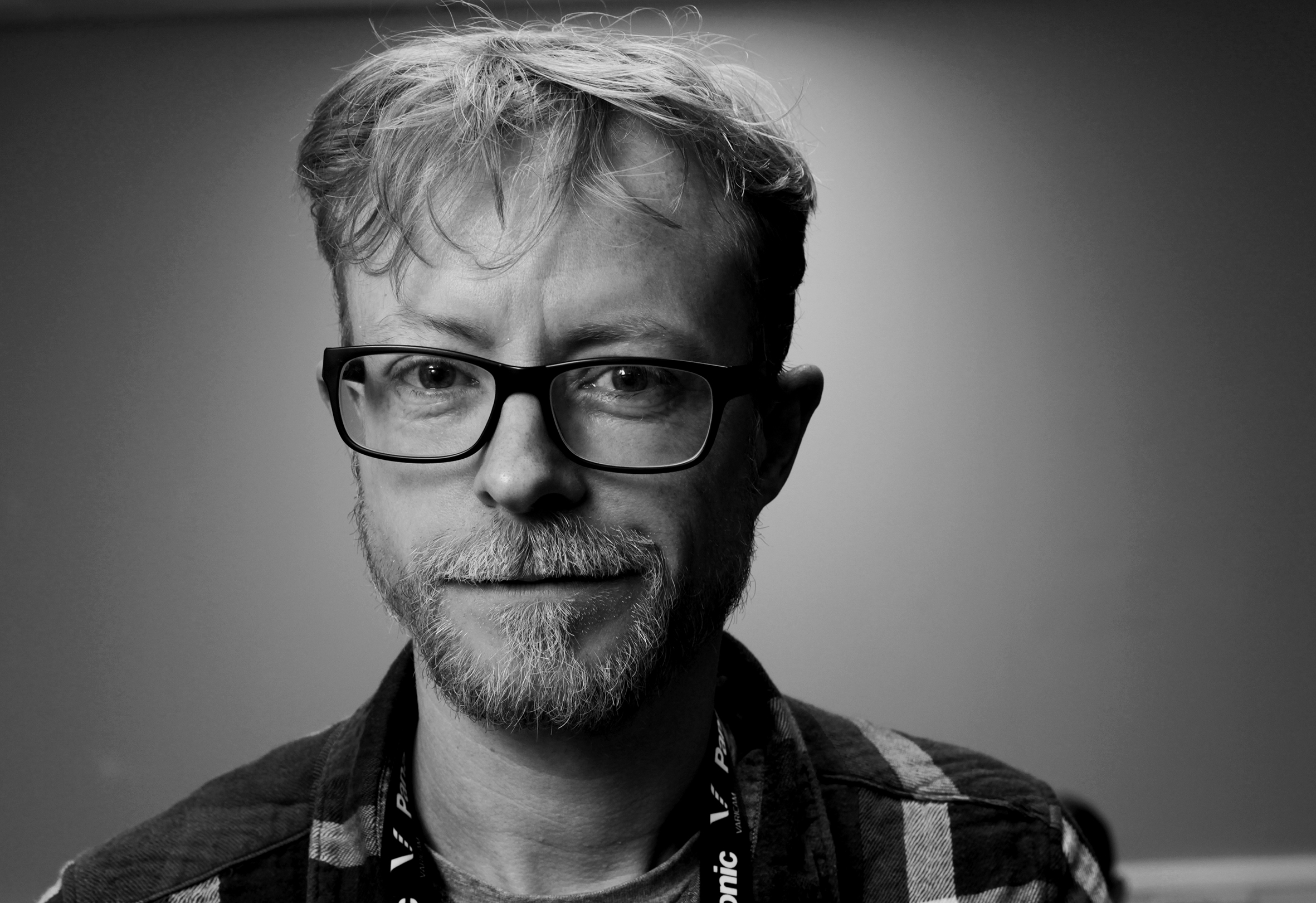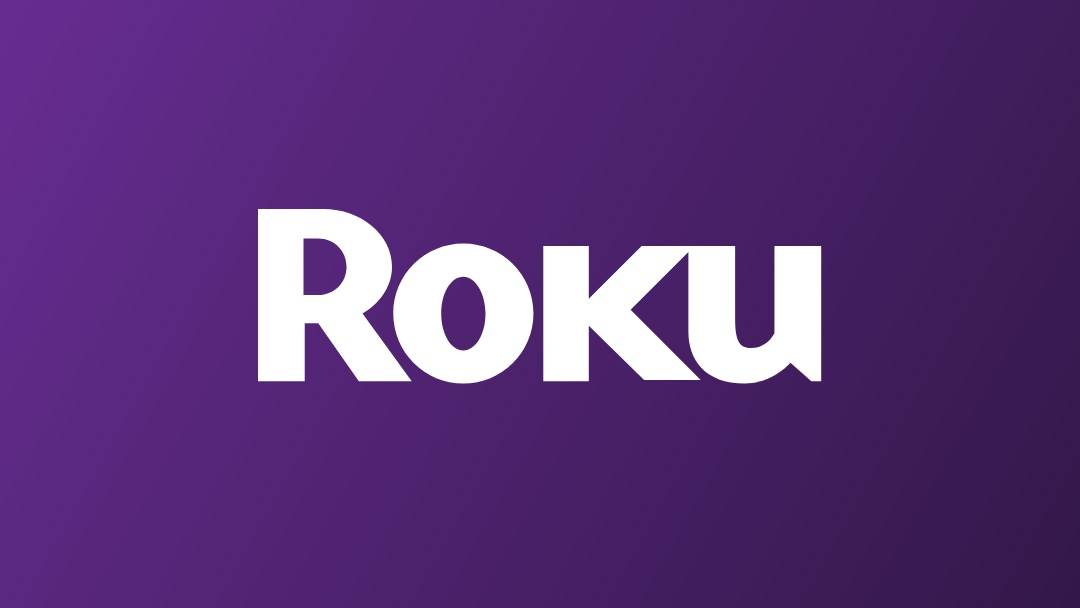Developments in OB
When outfitting a new OB truck, broadcasters must consider a range of equipment. This article explores today's cutting-edge OB technology.
An instant workflow
Gearhouse Broadcast is planning to use an EVS ingest/playout with Avid production workflow to deliver the host feed for the Association of Tennis Professionals (ATP) Media's production of all 10 Tennis Masters tournaments for the next three years.
The firm's flyaway rigs are capable of supporting the tour's first full HD and tapeless production. All material will be recorded onto a cluster of eight EVS XT[2] servers, with select files transferred to Avid ISIS via EVS network browse function IP Director. Footage is edited on Adrenaline before posting back to the server for playout. Gearhouse plans to hand ATP Media's media agency, TWI, around 10 500GB hard drives of archive at the end of each event instead of a palette of Digital Betacam cassettes.
The only VTRs in the system are the two archive machines and record VTRs in a unilateral area. The philosophy is to build an almost tapeless facility that will allow maximum connectivity between host broadcast, edit suites and unilateral facilities with the ability to share the same recorded media.
Tapeless Olympics
Production servers will be central to the first fully HD and tapeless Olympic Games. Beijing Olympic Broadcasting (BOB) will feature a central media server comprising two clusters of HD XT[2] servers, with one recording HD in Avid DNxHD at 100Mb/s and the second SD at 6Mb/s. The high-res server supports an online storage of 100TB (1600 hours), while the low-res server supports up to 33TB of storage (4500 hours).
Up to 40 simultaneous live feeds can be recorded straight into the server alongside two additional ENG feeds for sports and competitions that are not covered live.
All 60 HD OB trucks in charge of the live feeds production are also equipped with production servers. Belgian operator Alfacam is providing 20 vehicles, most of which are equipped with up to seven production servers for live recording and slow-motion replays. All rights holders have access to material on the central BOB server, including browse and retrieval of clips in HD.
By the time the London Olympics rolls around in 2012, the host broadcast joint venture partner Olympic Broadcasting Services aims to provide broadcasters with remote access to all 4000 hours of HD content online.
Super slow motion
Another Beijing fixture is the iMovix SprintCam Live. This high-speed camera, which records HD images at 250fps to 5000fps, has made several advances since its introduction last year. Version 2, built around the new Photron Fastcam SA-1, can deliver higher dynamic range and better color matching than its previous incarnation with APX RS cameras. Significantly, the new version eliminates the noise associated with version 1.
Its 16GB cache can store 30 seconds at 1000 images a second, but more commonly, it is interfaced to standard server systems. It will be featured at the French Open at Roland Garros, and is being considered for use by UK's Sky Sports for cricket and darts slow-motion capture.
Another option is the ARRI Hi- Motion camera, developed by NAC Image. Seven are being used at the Beijing Olympics. Recording at 300fps, it provides 22 seconds of storage, available for immediate playback at 6X or 12X slow-down live-to-air, without processing delay. In Japan, the cameras are being used predominantly on drama, promos and commercials, whereas in Europe and the United States, they mostly capture sports.
50p production
Sony intends to provide a full range of equipment capable of producing 50/60p. Already available are its BVML230 monitor, SRW-5800 VTR and MVS-8000G switcher — all of which are dual-link HD-SDI. Currently in prototype is a full 50p camera chain, based on the existing HDC-1500 series camera head. It already supports 50/60p and is being readied for NAB next year.
As far back as 2004, the EBU controversially expressed its support for progressive scan production and transmission systems up to 1080p. However, will there be any takers for 50p when Europe's broadcasters are cementing investment in 1080i?
According to Sony, the key market for 50p in Europe is sport, where progressive provides a more fluid motion capture. A 3Gb/s coaxial interface is being examined for the unit, and even higher speed architectures like 10Gb/s are also being considered.
HD minicams
To add novelty to sports coverage, producers look beyond the pictures from a standard rig. This has led to minicams that can deliver a unique angle. Sports producers' chief demands are for minicams to be HD and reliable in rugged conditions. Development has been somewhat aided by cheap prosumer cameras, which can be retrofitted to support HD or to slot into extreme positions. One recent example is the Intertia Unlimited Gophercam. Designed to withstand cars speeding at 400km/h, it is being used for FOX Sports' 2008 NASCAR coverage. It's installed 10cm into the track surface and uses Sony 1/3in CMOS chips. Each NASCAR race features four of the cameras, with one placed in the apex of each turn.
The lens, pointing straight down the track at oncoming cars, is mounted within a small metal plate. Images pass through the lens and bounce off a prism to the camera located below the surface. A frame synchronizer is required to flip images upright. Then the component signal is converted to HD-SDI for multiplexing with audio and data into two strands of fiber that eventually feeds the production truck.
Camera placement will be honed over time, using data from tire manufacturers to achieve optimal positions, while further applications, such as in baseball plates, are being considered.
Capturing at sea
There's no more extreme test of remote acquisition technology than in the Volvo Ocean Race (VOR), which sets sail on 11 October from Spain along a 39,000 nautical mile (72,228km) track. This involves transmitting live, storing and forwarding video over satellite during the grueling ocean legs as well as during in-port racing, which presents the new challenge of transmitting live video from remotely controlled onboard cameras direct to shore over distances of up to 20 nautical miles.
In previous years, the camera technology was largely based on CCTV, for which certain compromises were made in terms of resolution and optics. And it was only capable of 4:3 SD. This year, the system, designed by Livewire Digital, is optimized for 1080i. The company has reworked Media Desk 70, a control center fitted in all yachts to relay transmissions from the onboards, to be HD-capable. It is also engineering bespoke sets of cameras — five per yacht — based on standard HDV units and marine- housed against the highly corrosive salt water. A range of different block cameras are being trialed and fitted with new wide-angle lenses.
The VOR's unique workflow needed to operate in the most challenging maritime conditions. The correct balance must be struck between weight, size, image quality and cost.
All cameras will be fitted with an embedded computer, offering the ability to manage the servo-controlled pan and tilt and optical zoom (PTZ), via IP. PTZ cameras will be fitted to the port and starboard spreaders (a section of the mast), overlooking the action on deck. The camera looking forward from the stern includes roll compensation so that as the boat is heeled over, the horizon is kept level, and infrared illuminators are included for night vision. A roll-compensated camera mounted on the mast provides a clear view of the cockpit and helm, showing the team fighting the elements or suffering the doldrums. A fifth camera is located in the cabin.
During the ocean legs, Inmarsat satellite terminals provide high-bandwidth links from the yacht, delivering HD store-and-forward material to the central race office for weekly programs. A microwave uplink transmits live audio and video back to shore during the inshore racing. Although the design can incorporate HD H.264 encoders, the philosophy is to record the HD material onboard for documentary purposes, but transmit a scaled HD feed to the shore.
Stereoscopic and 3-D
Could the future of live sports broadcasts lie in 3-D? A number of trials could pave the way for widespread broadcast either to cinema screens or to the TV screen. France Telecom is planning to trial stereo production of France Premier League football matches, with a plan to debut stereo transmission over its 100Mb/s FTTH network by 2010.
Adrian Kingston, SIS lead engineering manager for Wimbledon, contends that if there is to be widespread production in 3-D, it will end up as parallel, not separate. That means one set of cameras providing images for 3-D HD, 2-D HD, SD, Internet and mobile applications.
The BBC was behind the world's first satellite-delivered 3-D HD OB, covering an international rugby match in conjunction with The3Dfirm in March 2008. A few weeks later, regional U.S. network FOX Sports Net Southwest broadcast via satellite a Dallas Mavericks NBA game with 3-D pioneer Pace. In both cases, signal transmission rather than production was the key challenge.
The BBC and The3Dfirm production rigged three pairs of Sony 950s with wide-angle HD zooms. Each pair of 1080i streams was uplinked at 19Mb/s to reduce bandwidth, but 40Mb/s per stream is anticipated for future projects. The bandwidth implications are significant. Each Pace Fusion camera unit delivered two uncompressed 1.5Gb/s HD signals that were conveyed to two digital cinema projectors. Harris MPEG-4 encoders compressed the feeds to two 20Mb/s streams that were combined into one 40Mb/s ASI stream to fit on a C-band satellite transponder. The satellite signal was received at the cinema, decoded back to two uncompressed signals and fed to Sony 4K projectors.
Future experiments for The3DFirm include producing super-slow motion 3-D, mixing crowd atmospherics into a surround mix and inserting replay action into sections of the viewing area. Even something as standard as a graphical clock indicating game progress needs reworking in terms of presentation. Does it sit on the screen plane or closer to the audience?
All stereo OB pioneers are wary of deterring audiences with gimmicks that don't work. Stereo works best by trying to replicate the atmosphere of being in a stadium, not mimicking traditional 2-D coverage. It's currently a niche application, but advocates argue that it could have as much impact as high definition.
Other problems with OB recording include minimizing the size of the camera rig so it doesn't obscure the view of spectators and increasing the number of cameras to provide new angles and focal lengths. Since multicamera 3-D shoots are perfectly feasible, the remaining hurdles are logistics and negotiation. We need to get to the point where 3-D isn't just bolted onto standard 2-D coverage but starts to achieve a higher status.
Adrian Pennington writes about broadcast technology.
Get the TV Tech Newsletter
The professional video industry's #1 source for news, trends and product and tech information. Sign up below.
Adrian Pennington is a journalist specialising in film and TV production. His work has appeared in The Guardian, RTS Television, Variety, British Cinematographer, Premiere and The Hollywood Reporter. Adrian has edited several publications, co-written a book on stereoscopic 3D and is copywriter of marketing materials for the industry. Follow him @pennington1

